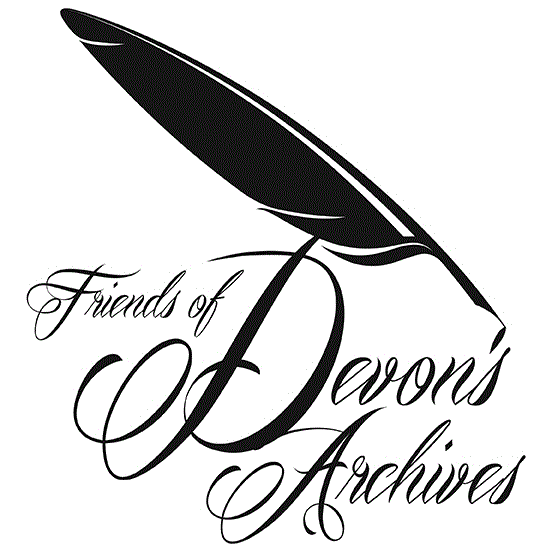Introduction: About the Documents
Description of the Documents
The visitation returns that have been transcribed for online publication consist of printed forms on paper with replies handwritten, usually by the holder of the benefice and occasionally by his curate. The forms circulated by Bishop Clagett in 1744 measure approximately 320 x 202 millimetres and consist of a single sheet folded in half to form four pages (see Figure 2, Figure 3 and Figure 4). The name of the parish and deanery is filled in at the top of each reply, and just over half of the front page consists of Clagett's prefatory letter to the clergy. This is followed by query I, concerning population, numbers of dissenters, and nonconformist meeting houses. Questions I-IV are printed on the second page, V-VIII on the third, and IX-XI on the fourth, together with instructions for the clergy to provide a statement of their dates of ordination and institution to the parish. In each case, space is provided beneath the query for the answers to be written. The returns for the whole diocese have subsequently been bound into three volumes, grouped together by deanery. The replies from parishes in Devon are mostly contained in volumes a. and b., although those for bishop's and dean and chapter's peculiars are in volume c. The pages in the bound volumes have been numbered. Occasionally additional information relating to an individual parish is written on a separate sheet, as in the case of Silverton where the replies II, IV, V, VII, VIII and XI were made by the Rector Peter Beavis on the printed form, and the remaining information was furnished by his curate on a separate sheet. The reply for St Mary Arches, Exeter, was accompanied by an inventory of the parish lands. These additional sheets are bound into the volume after the main return for the parish. Presumably to facilitate posting, the forms were twice folded in half.
The 1779 returns differ slightly in layout from those issued by Nicholas Clagett, and measure approximately 285 x 220 millimetres (see Figure 5, Figure 6 and Figure 7). Again, a single sheet is folded in half to form four pages, although on this occasion text is only printed on the first three. Two thirds of the first page consist of the Bishop's prefatory letter, with the first enquiry occupying the remainder of the page. The second page contains questions II-VIII and the third IX-XIII followed by a direction to provide dates of ordination and institution to the benefice. The replies are then entered beneath each question. The space provided for the answers has been much reduced from that allowed in the earlier questionnaire. Marks and creases on the documents indicate that they were folded down to roughly 105 x 140 millimetres, before being sealed with wax and addressed, usually 'To the Revd the Minister of' each parish. As in 1744, additional information was occasionally enclosed with the replies. For example John Stabback of St Edmunds on the Bridge, Exeter attached a brief account of the parish charities. The 1779 returns are bound into two volumes arranged by deanery.
By the mid-eighteenth century the majority of the Devon clergy appear to have been competent scribes, and the returns are generally easy to read. Old age and ill health have occasionally conspired to render an incumbent's writing more difficult to decipher. John Walker, Rector of Upton Pyne was aged about 70 when he replied to Clagett's queries in 1744.51 The enquiries arrived with him 'in Bed Ill of a fever' leaving him 'constrained to make This return from a sick Chamber'. His enfeebled state is reflected in shaky, although mostly legible, handwriting. The replies of John Honycombe of Filleigh were also made in a weakened state, and were signed 'Febrilimanu Scripsi J Honycomb'. Leaving aside the occasional poor hand or torn manuscript the documents are clean, in good condition and legible.
Continue to next section|Return to previous
- Joseph Foster, Alumni Oxonienses 1500-1714, vol. 4 (London, 1891), 1557. [back]


